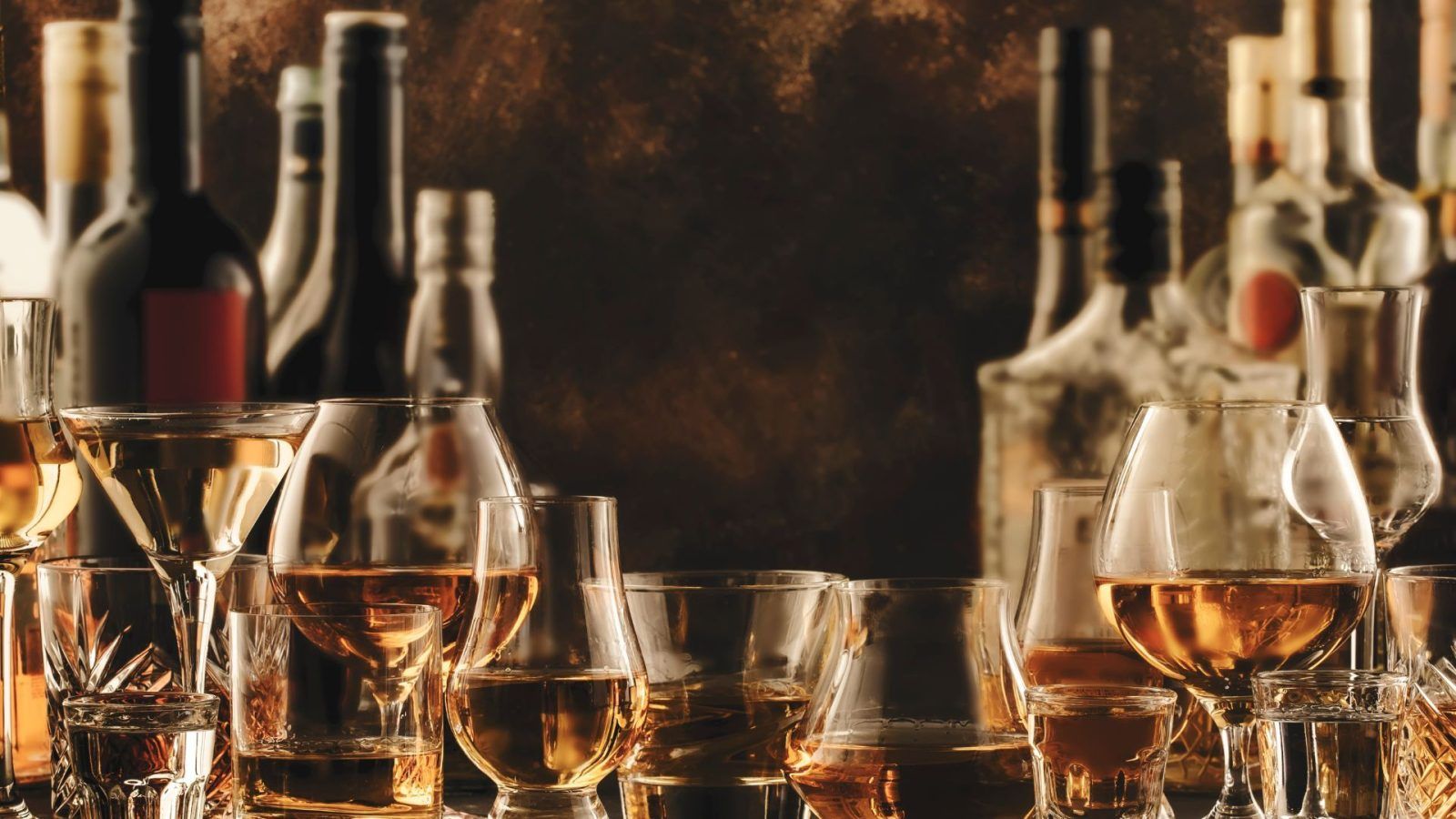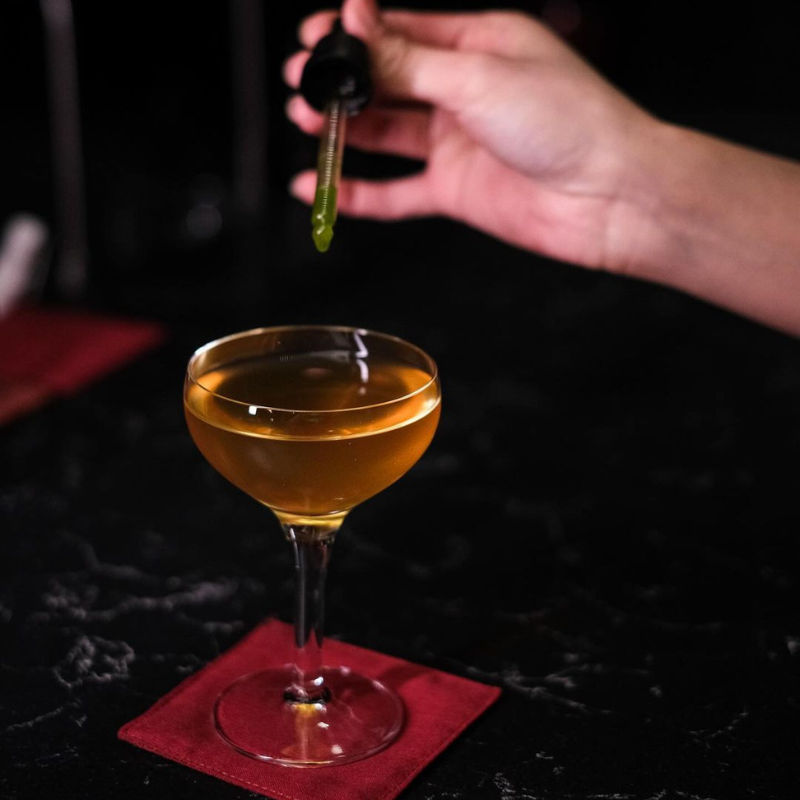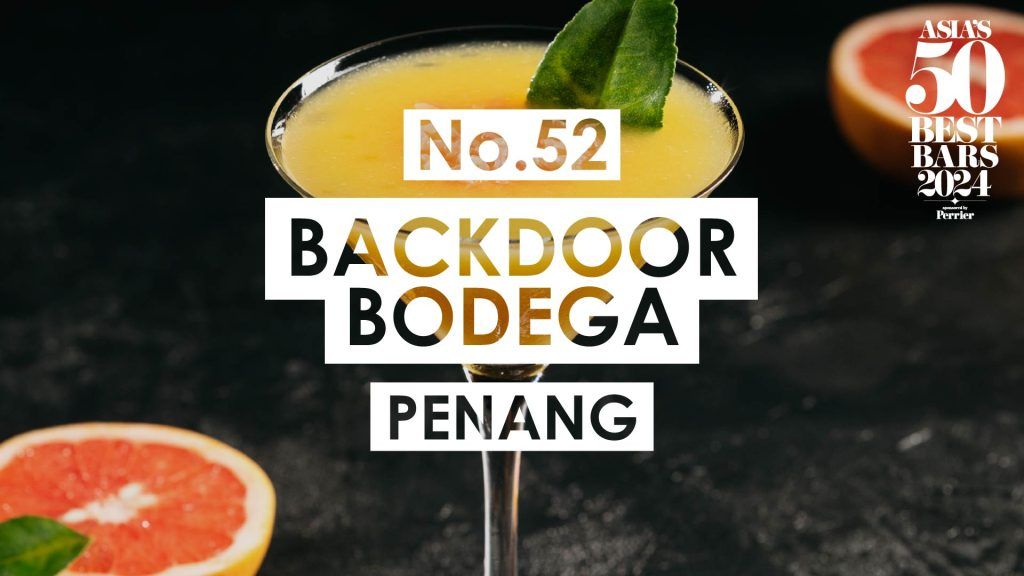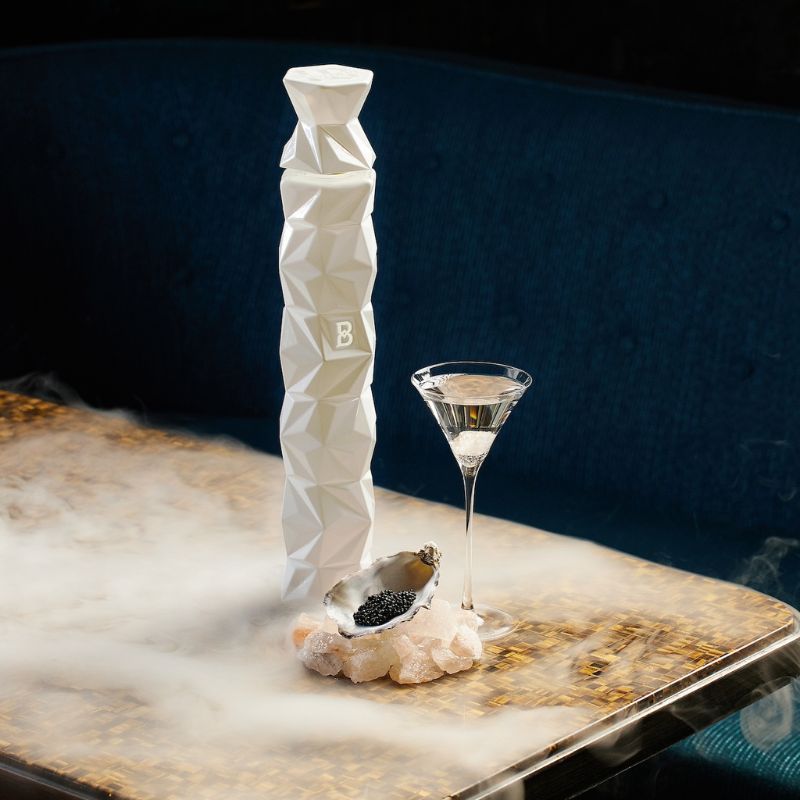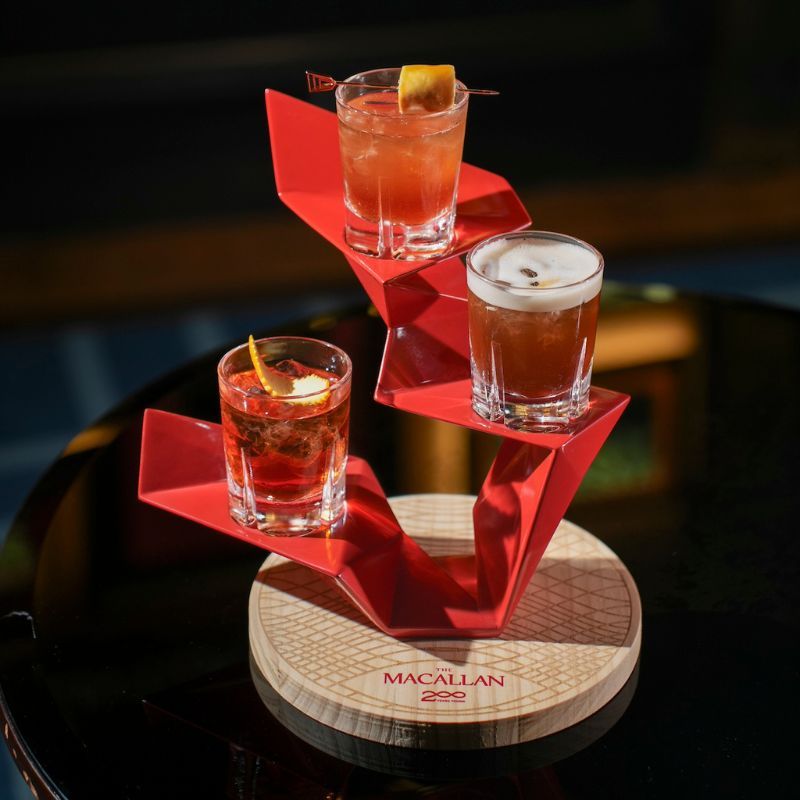What do Espresso Martinis and Margaritas have in common? The addition of both ‘liquor’ and ‘liqueur’ — often mistaken for each other despite having differences in production techniques, bottling, and sipping experience. Here’s how you can tell the two heady libations apart.
A leisurely visit to the alcohol store is all that’s needed to discover just how much innovation the beverage industry has seen over the past few decades. Think gin aged in cricket bats, whisky that’s reminiscent of a Christmas cake, and beer that fuses malt and grape for the most elegant yet refreshing experience.
And while most labels are easy to figure out, it’s the ones that come with the words ‘liqueur’ and ‘liquor’ that are often confusing — their difference hard to tell right at the outset. This can be especially important if you’re just starting out on your mixology journey, are looking for the perfect present for a discerning drinker, or would just like to know whether to go neat or bring along some OJ.
The short answer? All liqueurs are liquors, but not all liquors are liqueurs. Here’s a guide that elaborates on this.
What is liquor?
View this post on Instagram
Pronounced li-kuh, this libation is best understood as alcoholic spirits as a whole — distilled libations made from grains, vegetables, fruits, or sugars. This excludes beers and wine — since they’re lower in alcohol by volume (ABV) and aren’t distilled. These are unsweetened and their flavour is largely attributed to their base ingredients and ageing processes. They form the foundation of most cocktails. Broadly, the different types of liquor include:
- Brandy: This is produced by distilling wine and fruit juices like apples or apricot. Quality options in India include Hennessy VS, Paul John XO, and Remy Martin XO Excellence Cognac
- Rum: This is made by fermenting and then distilling sugarcane molasses and sugarcane juice. It’s the Caribbean’s gift to the world — with the most popular brands in India being Old Monk and Bacardi.
- Tequila: This is strictly produced from the blue agave plant in Jalisco, Mexico. Good brands in India are Codigo 1530, 1800, and Don Julio.
- Vodka: Made primarily from water, ethanol, and fermented cereal grains — and often featuring potatoes or fruit — this is largely produced in Eastern Europe. Quality options in India include Smirnoff, Magic Moments, and Short Story.
- Gin: Crafted with Juniper berries and a few other botanicals — which vary by brand — this is one of the most popular spirits at the moment. In India, several homegrown brands offer quality options, including Jaisalmer, Greater Than, Doja, and Samsara.
- Whisky: One of the most popular spirits in India, this is made from distilled barley, corn, rye, wheat, or other grains and is aged in wooden barrels. Award-winning homegrown brands include Paul John, Indri, Rampur, and Amrut.
What is liqueur?
View this post on Instagram
The term liqueur comes from the Latin word ‘liquifacere,’ which translates to ‘dissolve.’ These libations are made from liquors or spirits as their base and feature added flavours and sweeteners. We’re talking sugar, nuts, chocolate, cream, herbs, the works. These modify or add to a cocktail. However, many can also be had on-the-rocks. These are distinguished by their flavour profile, with popular options in India being:
- Coffee liqueur: This features coffee beans steeped in rum and then fused with syrup and vanilla. Options include Sheridan’s Coffee Layered Liqueur, Kahlua, and Quaffine.
- Herbal liqueur: A fusion of various herbs and spices, with the foundational spirit being vodka or other neutral grain alcohol. Popular picks include Sambuca and Jagermeister.
- Cream liqueur: These feature a fusion of spirit and emulsified milk fat. Bailey’s Irish Cream — with Irish whiskey as its base — is a popular option.
- Fruit liqueur: This features brandy or a neutral spirit that’s combined with fruit and sugar. Options include Cointreau and Desmondji.
Besides these, there are nuts, coconut, and chocolate liqueurs on offer in the country (amongst others.)
Key differences between liqueur and liquor
View this post on Instagram
Bearing in mind the intricacies that underline both libations, here’s a roundup of key differences between the two:
- Alcohol content: Liqueurs typically have a lower alcohol content than liquors — coasting in the 15-30 percent ABV range. Meanwhile the latter has an ABV over 38 percent.
- Sugar content: While liquor isn’t sweetened, liqueurs have added sugar and flavouring.
- Purpose in cocktails: Liquors form the base of cocktails, while liqueurs are used to enhance the flavour.
Besides these factors, it’s worth noting that while liquors are grouped based on their key ingredients and production techniques, liqueurs are grouped by flavour profile.
All images: Courtesy Shutterstock
Frequently Asked Questions (FAQs)
1. Are liquor and liqueur the same?
All liqueurs are liquors but not all liquors are liqueurs.
2. What is liqueur?
Liqueurs are made from liquors or spirits as their base and feature added flavours and sweeteners.

